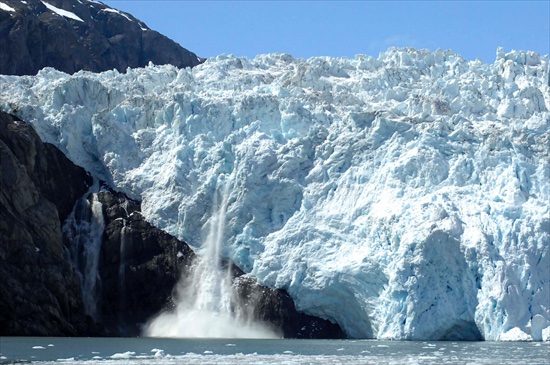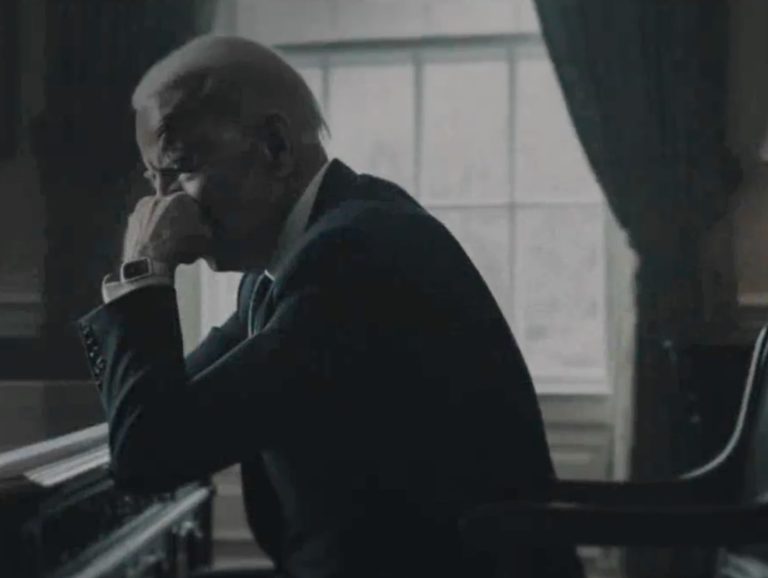Vice presidential nominee J.D. Vance took the stage as the final speaker in a long day of emotion-filled speeches at the Republican National Convention on Wednesday night. He did not disappoint.
As Donald Trump’s choice for vice president, Vance spoke to his working-class upbringing in a small town, his mother’s addiction, and being raised by that single parent who was dysfunctional. He talked about his grandmother, “Mamaw,” who kept loaded guns all over her house and dropped the “F” bomb regularly. It was a rough growing up, but one that many in America can relate to.
“Now, my Mamaw died shortly before I left for Iraq in 2005, and when we went through things, we found 19 loaded handguns. They were stashed all over her house, under her bed, in her closet, in the silverware drawer. And we wondered what was going on,” he said. “And it occurred to us that towards the end of her life, Mamaw couldn’t get around so well, and so this frail old woman made sure that no matter where she was, she was within arm’s length of whatever she needed to protect her family.”
“That’s who we fight for. That’s American spirit,” Vance said. He continued, turning to his theme of affordability and the crisis that many Americans now face just making ends meet.
“Joe Biden’s inflation crisis, my friends, is really an affordability crisis, and many of the people that I grew up with can’t afford to pay more for groceries, more for gas, more for rent, and that’s exactly what Joe Biden’s economy has given them,” Vance said. He turned his sights on the wolves of Wall Street.
“We’re done, ladies and gentlemen, catering to Wall Street; we’ll commit to the working man,” Vance said. “We’re done importing foreign labor. We’re going to fight for American citizens and their good jobs and their good wages. We’re done buying energy from countries that hate us. We’re going to get it right here from American workers in Pennsylvania and Ohio and across the country.”
“President Trump represents America’s last best hope to restore what, if lost, may never be found again, a country where a working-class boy born far from the halls of power can stand on this stage, as the next Vice President of the United States of America,” Vance said.
“America’s ruling class wrote the checks. Communities like mine paid the price,” Vance said. “For decades, that divide between the few, with their power and comfort in Washington, and the rest of us only widened. From Iraq to Afghanistan. From the financial crisis to the Great Recession. From open borders to stagnating wages, the people who govern this country have failed and failed again.”
The first-term U.S. senator from Ohio was enthusiastically received by the delegates and guests of the Republican National Convention, which has captivated the nation with many speakers who have moved the delegates to tears with their personal stories, in stark contrast to the dysfunction of the Democrats.
Vance, 39, enlisted in the U.S. Marines shortly after 9/11. That touched the heart of many in the convention, including Rep. Jamie Allard of Alaska.
“J.D. Vance gave it to us straight tonight. As a new generation of conservatives rises, J.D. somehow reminds us of the Greatest Generation, one who was willing to lay down his life as a Marine in Iraq. He’s also someone many Americans can relate to, rising above his humble beginnings and imperfect family struggles. Compared to Kamala Harris … well, there just is no comparison,” said Rep. Allard, who is a U.S. Army veteran.
Vance’s working class roots, family dysfunction, and the stepping of his tough-as-nails grandmother to raise him was something that Alaska congressional candidate Nick Begich said shows how all Americans can overcome their tough childhoods.
“J.D. Vance’s story is like so many Americans’ story — aspirations and dreams impacted by a challenging home life,” said Begich, who is at the convention. “Drug abuse, alcoholism, and a broken home threatened to crush a boy with incredible potential, but a tough and loving grandparent stepped in to raise the young man who will become our nation’s next vice president. Vance’s story reminds us that every child has potential, every child deserves good parents, and that preserving the American Dream is not some lofty goal but is vital to the health of our nation.”
John Mowry of Fairbanks, who is at the convention as a delegate, said he was struck by the humility that Vance exhibited.
“The thing I really liked about Vance is his solid commitment to Christian conservative values and as vice president to carry on the mantle of the Make America Great Again movement and not the establishment’s agenda,” Mowery said. Mowery is the youngest Alaska delegate at the convention. He is 26 years old and a personal friend of Bernie Moreno, who is running for U.S. Senate in Ohio, and who is endorsed by Trump.

“We are a unified and electrified Party, and we are mission focused as we move toward November. More young Americans are making their voices heard as members of our Party. JD Vance is an indicator of the powerful youth movement in the Republican Party and the new energy and generation stepping forward to lead – he is the first top ticket candidate in 70 years who is under the age of 40. Vance is relatable and admirable – he comes from humble beginnings, has served our country with honor, and his message is resonating with many. He will be an inspiring Vice President and a shining example for us all,” said Carmela Warfield, chairwoman of the Alaska Republican Party.
Writer Ben Domenech reflected on Vance’s unlikely journey from being a never-Trumper, thinking Trump was a dead end for Republicans, to embracing him as a champion for “America First.”
“If the vice presidency is itself a very boring job in the realm of politics, tasked with worthless drudgery, Vance is far more interesting than the role requires. And his intellectual journey to this point, whatever you think of his views today, is worth understanding to get the measure of a man who seemed more likely to end up in academia than in the White House,” Domenech noted in this thought-provoking column in The Spectator.
The Washington Post did not cover the speech, leading on Thursday with news about the dysfunction of the Democrats and President Biden’s sudden bout with Covid, and just one story about Vance: “Vance urged DOJ to enforce Comstock Act, crack down on abortion pills.“
The New York Times relegated coverage of the speech to its opinion section.








